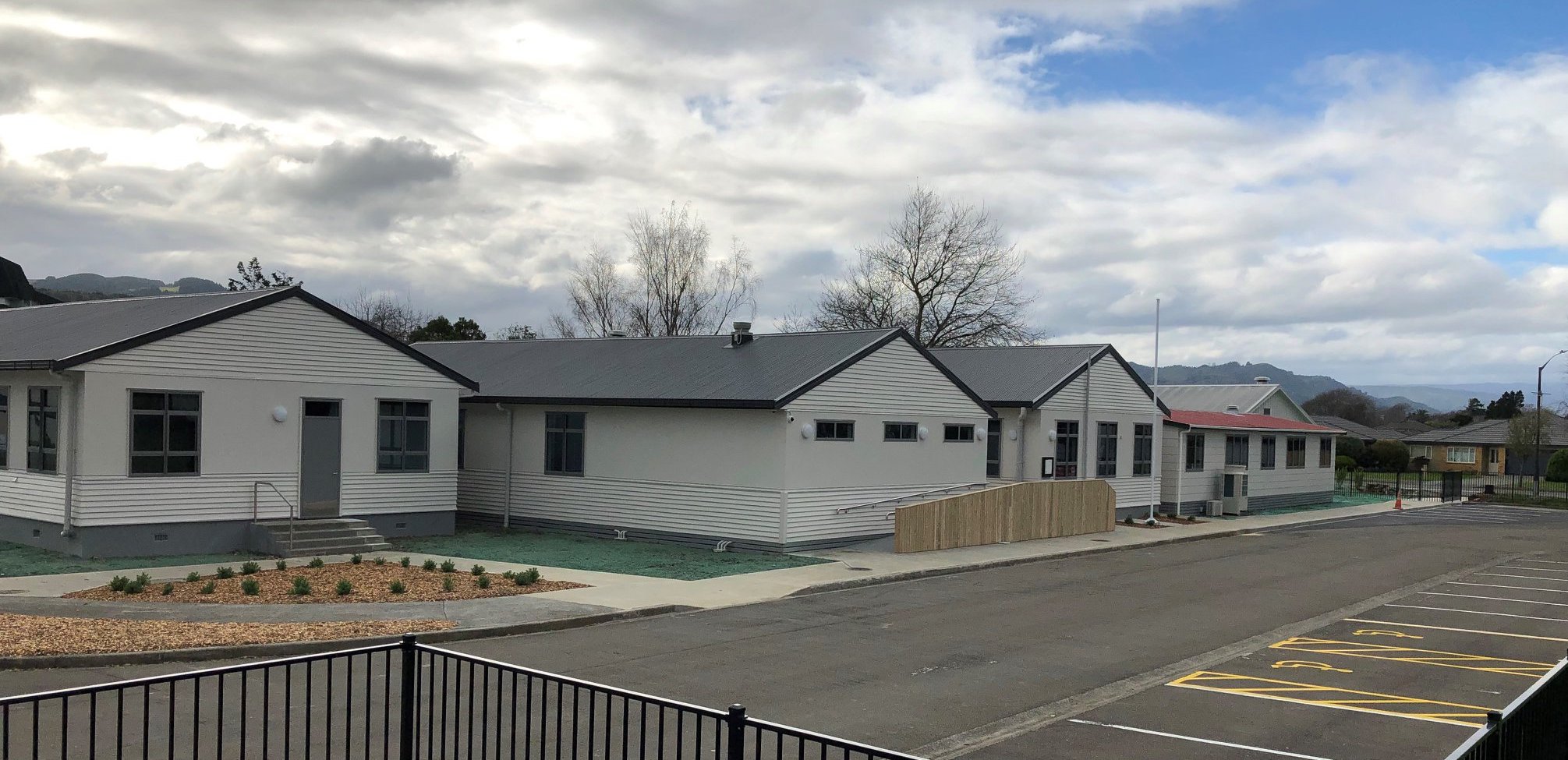Thinking of moving premises? Are you about to sign a new lease? Perhaps you’ve obtained a market rental valuation and what you’re being offered appears to marry up – on paper?
Stop, pause and read on. You could be missing an opportunity to not only save money, but to make a greater impact on your organisation. There are a number of key variables market rental valuations don’t take into consideration which can have a significant impact on your transaction.
TwentyTwo's Paul Mautz shares his insights on what you need to consider.
‘Asking’ rental – What is it?
The agency or landlord advertising the space would have indicated an ‘asking’ rental, equating to what they ideally want to achieve. The asking or face rent does not factor in incentives such as rental-free periods or financial contributions and is not the best measure to compare different space options. It’s also typically an increase over recent deals struck in the building, in an effort to eventually try and lift rents across the entire property. It’s up to you (the tenant) to determine if the rental is fair and what equivalency it has in the market place.
So how do you best gather this insight?
Market rental valuations – what they do deliver
Tenant’s often obtain a market rental valuation. The most common method used by valuers to assess the fair rental for office space is the ‘comparative’ approach. This is where the rent offered is compared to rents for other similar leasings. Further adjustments are made for premises size, quality, location, views, height, amenity, timing, incentives, tenure, lease terms and a range of other variables, to arrive at an assessed ‘market’ rental for the premises. Tenants can then use the valuation to ascertain what the broader market may be prepared to pay to lease their premises.
The key variables - what they don’t deliver
However, there are several more variables to consider when deciding what the space is worth than those factored into the rent assessment. You also need to decide how much benefit and improved efficiency your business can gain from leasing the premises and how affordable the rent is when it comes to your bottom line. It’s also challenging to identify the optimal amount of space required and then finding it, so often premises turn out to be too large for requirements, which affects the overall cost. The cost of any fit-out needs to be factored in along with the impact on the overall economics of the decision to stay put or move.
Other questions that arise along the way are; Is what’s being leased a unique offering in the market? What negotiating leverage do I have? Do co-tenants offer synergies? Are the premises close to where staff live? Is the location convenient to customers and stakeholders (if they regularly visit)? Do we still have high book values for our existing fit-out and other capital investments that would need to be “written off” at a cost? Does the cost of relocating outweigh staying put?
Unfortunately, these factors tend to not get reflected in the rent offer, nor the rent valuation.
A further issue with rent valuations is the rental evidence used may be many months, sometimes years, old and the accuracy of some data used is questionable, particularly in a rapidly moving market. By looking at what deals have been done in the past assumes these are reflective of what the space is worth now or in the future, and that all tenants have similar issues to address in making their decisions.
Obtaining a rental valuation can be a useful guide, but beware, they tend to be backward looking and too generic to make an informed go/no-go decision on.
Negotiating a deal - the Multiplier Effect
Negotiating for new commercial space is a complex opportunity. It’s important to think bigger than simply the cost per square metre and look at your own specific circumstance (as I’ve already explained). By simply fine turning several elements of a deal (area, rental, lease term, furniture and fit-out, lease end/exit obligations) can result in significant savings and reduced risk for an organisation.
TwentyTwo’s Managing Director, Dean Croucher recently summed up perfectly in a one-page infographic - we call it the Multiplier Effect.

My Advice
Before deciding to obtain a rental valuation consider the following questions:
- Do I fully understand my business and premises requirements?
- Have I considered all the options in the market – staying or relocating – and if relocating – am I certain I have considered all options?
- How will I make an objective and informed decision (what evaluation criteria will I use?)
- What is the full range of advice I might need to support me through this process?
Once considering these questions, then decide if you need a rental valuation, however, recognise that a valuation is just a guide and the rents that make up the wider data are a reflection of each tenant’s differing issues, pressures, financial circumstances, negotiating leverage and timeframes.
Ultimately the final rental comes down to a negotiation between the parties. You will need to consider who is best placed to support you with the negotiation process and develop a “negotiation strategy” to maximise your leverage.
If you would like to better understand the steps involved in developing a negotiation strategy contact me and I’ll talk you through the process.

















